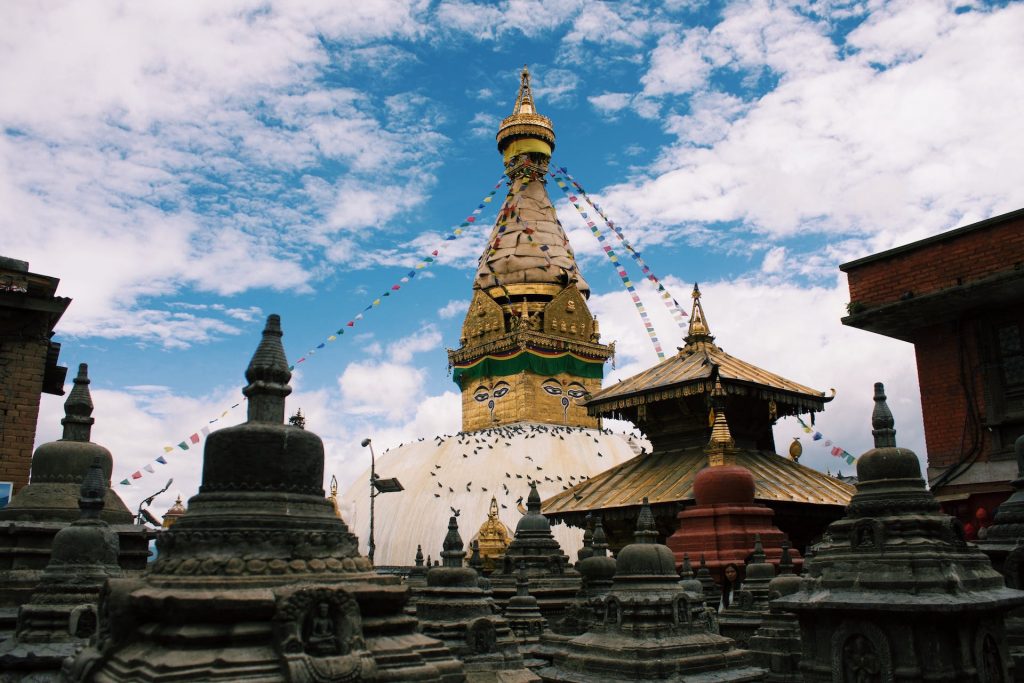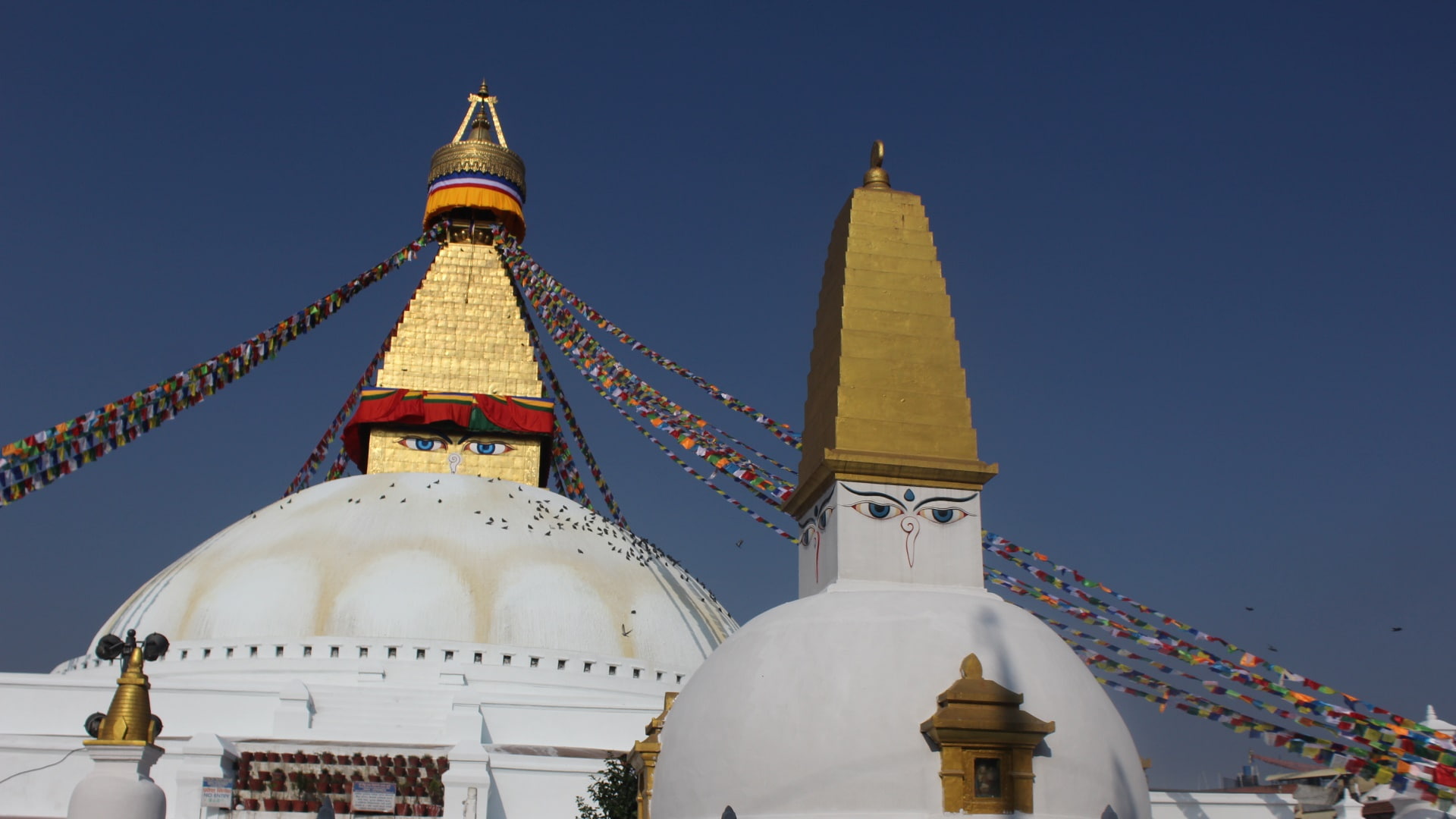Nestled in the heart of Kathmandu, Nepal. The Buddha Stupa remains as a serene testament of the country’s rich social, cultural and spiritual heritage. This famous design, authoritatively known as the Boudhanath Stupa, is quite possibly of the biggest stupa in world. Holds significant importance for both local and pilgrims alike. Let’s embark on a virtual journey to explore the enchanting allure of this ancient marvel.
Nepal, a land where ancient traditions intertwine seamlessly with contemporary life, is home to the magnificent Boudhanath Stupa. Beyond its architectural grandeur, this iconic structure is a vibrant hub of festivities and celebrations that illuminate the streets of Kathmandu. Let’s delve into the tapestry of colors, sounds, and spirituality that defines the festivals of the Boudhanath Stupa.
A Brief look into History
The history of the Buddha Stupa dates back to the 5th century, with its construction attributed to King Manadeva. Legend has it that the king, inspired by a dream, envisioned the stupa as a symbol of peace and enlightenment. Over the centuries, the stupa has undergone several renovations, blending various architectural styles that reflect Nepal’s cultural diversity.
Festivals and Celebrations
The Buddha Stupa comes alive during festivals, with Losar (Tibetan New Year) being one of the most vibrant celebrations. Elaborate rituals, masked dances, and colorful processions add a festive flair to the surroundings. Locals and pilgrims join hands in prayer, creating an atmosphere of unity and shared spirituality.
Losar – Welcoming the Tibetan New Year
One of the most anticipated events at the Boudhanath Stupa is the celebration of Losar, marking the Tibetan New Year. The air is thick with excitement as the stupa becomes adorned with vibrant prayer flags, symbolizing good fortune and compassion. Pilgrims and locals alike engage in traditional rituals, including the mesmerizing cham dances performed by monks in elaborate masks, adding a mystical charm to the festivities. Losar at the Boudhanath Stupa is a time for reflection, renewal, and the joyous coming together of communities.
Kartik Naach – Traditional Masked Dance
A traditional masked dance is a captivating cultural celebration that takes place in the vicinity of the Boudhanath Stupa. Dancers adorned in vibrant costumes and intricate masks perform ancient rituals, depicting stories from Buddhist mythology. The rhythmic beats of traditional music accompany the graceful movements, creating a visual spectacle that transports spectators to a different era. This festival not only entertains but also serves as a means of preserving Nepal’s rich cultural heritage.

Buddha Jayanti – Commemorating the Birth of Siddhartha Gautama
Buddha Jayanti, also known as Buddha Purnima, is a joyous celebration that marks the birth, enlightenment, and death of Siddhartha Gautama, the founder of Buddhism. The Boudhanath Stupa transforms into a beacon of light as thousands of butter lamps illuminate the surroundings. Pilgrims and devotees participate in prayer sessions, circumambulating the stupa with fervent devotion. The atmosphere is infused with a sense of spiritual reverence, fostering a deep connection with the teachings of Buddha.
Sunrise and Sunset Splendor
For those seeking a more intimate connection with the Buddha Stupa, sunrise and sunset offer breathtaking moments of tranquility. As the first rays of dawn kiss the golden spire. the stupa is bathed in a warm glow, creating a surreal spectacle. Similarly, at sunset, the stupa becomes a silhouette against the vibrant hues of the evening sky, casting a spellbinding aura.
Practical Information
Travelers of the Buddha Stupa can easily reach the site from Kathmandu’s city center, and it is well-connected by public transportation. Extra charges add to the protection and support of this social fortune.
the Buddha Stupa in Kathmandu is not merely a monument. Tt is a living testament to Nepal’s otherworldly legacy and social variety. Its allure lies not only in its architectural grandeur but also in the palpable sense of peace and spirituality that envelops all who visit. A journey to the Buddha Stupa is a journey inward—an opportunity to reflect, rejuvenate, and connect with the profound essence of Buddhism in the heart of Nepal.
